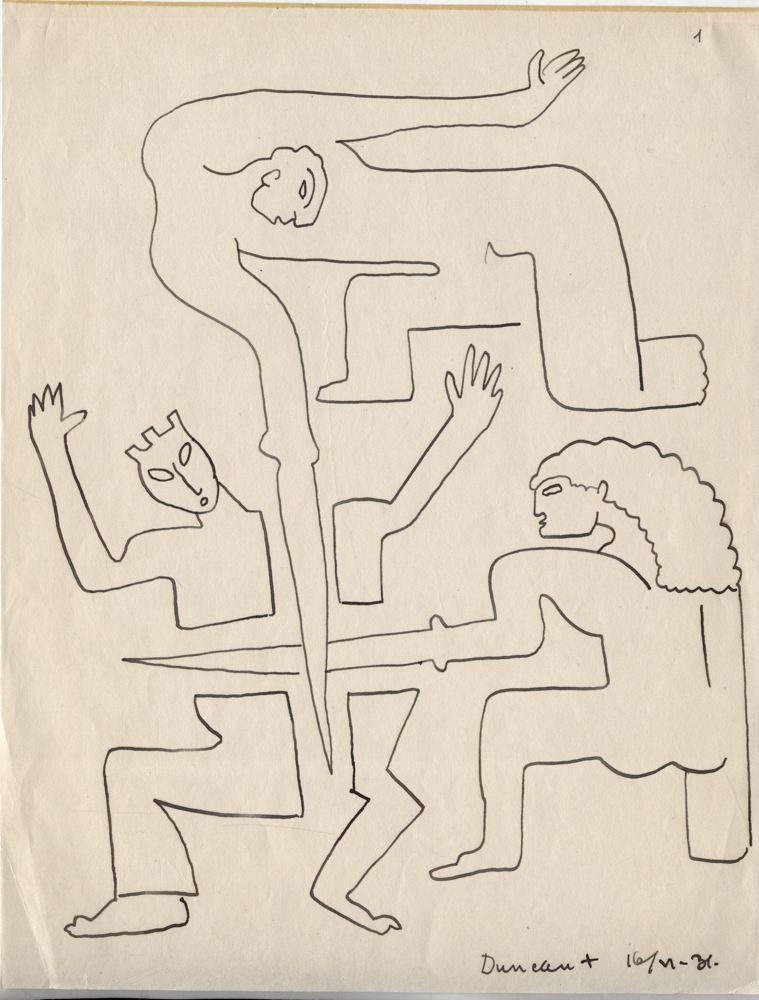Antonio Somaini: "From Dionysus to Television" - Eisenstein and the Techno-anthropological foundations of montage

Abstract
During the last phase of his life, working on book projects such as Montage and Nonindifferent Nature, Method and A General History of Cinema, Eisenstein looks for the anthropological foundations of the artistic principle he had worked on since the early 1920s: the principle of montage. He finds these roots in the same Dionysian rites in which Nietzsche had found the origins of tragedy, and in the "cultural techniques" of weaving and knotting.
Bio
Antonio Somaini is Professor in Film, Media, and Visual Culture Theory at the Université Sorbonne Nouvelle Paris 3. In 2013 he has been fellow at the ZfL (Zentrum für Literatur- und Kulturforschung) in Berlin, and in 2014-15 senior fellow at the IKKM (International Research Institute for Cultural Technologies and Media Philosophy) in Weimar.
Among his publications we find the book Eisenstein. Cinema, Art History, Montage (published in Italian in 2011, forthcoming in English in 2017 with The University of Illinois Press) and, together with Naum Kleiman, the English edition of Eisenstein's Notes for a General History of Cinema (Amsterdam University Press, 2016). He has edited works by Benjamin, Moholy-Nagy, and Vertov, and anthologies on media and visual culture theory, both in Italian and French. His current research deals with the history of the concept of "medium", with a focus on Walter Benjamin's media theory: an article on this issue ("Walter Benjamin's Media Theory: The Medium and the Apparat") has been published in the journal Grey Room (n.62 - Winter 2016).
This lecture is free and open to the public.
Image credit: Sergei M. Eisenstein, drawing from the series Duncan's Death (1931)